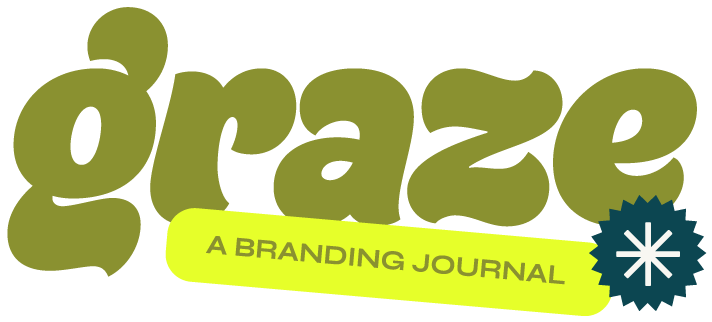How to Start a Branding Studio from Scratch (Without an Agency Background)
No pedigree. No portfolio. No nest egg. Just a gut instinct, a second-hand Mac, and a relentless pull toward something better than clocking in for someone else’s dream. That’s how Vigor was born.
Not in a conference room. Not on a Zoom call with venture capitalists. Vigor started in a one-bedroom apartment with a folding table, a mouse with a stutter, and the loud hum of impostor syndrome vibrating in the walls.
But this isn’t a story about me. It’s a blueprint for anyone out there with taste, tenacity, and zero “traditional” experience.
Start With Fire, Not Furniture
You don’t need a Herman Miller chair and a brick-walled loft to start a studio. You need hunger. That rare internal combustion that says: “I could do this better.” Or maybe, “I have to do this differently.”
For me, it started when no agencies were hiring. Fresh out of design school, recession breathing down my neck, I did what any self-respecting 23-year-old would do—I identified a great word for an agency name (Vigor), designed a logo, and slapped it on proposals.
Clients didn’t ask if I had experience running an agency. They asked if I could solve their problem. So I did. Over and over again.
Lesson #1: Brand it like it already exists.
Your first clients don’t need to know it’s just you in your basement with a laptop and dreams. They need to feel like they’re hiring belief—yours.
Sell the Solution, Not the Sauce
It’s easy to get caught up in color palettes, typographic perfection, and the glow of your own cleverness. But nobody’s hiring you for good taste—they’re hiring you for movement. A brand is a business problem solved beautifully.
In the early days of Vigor, I sold what I could confidently deliver: clarity. I asked better questions than the other freelancers. I showed up prepared. I listened harder. I wrote strategic briefs when others emailed moodboards.
Lesson #2: Being small is a strength—if you act like a scalpel, not a sponge.
Be sharp. Cut through the fluff. Specialize before you generalize.
Build Process Before Portfolio
I didn’t have big brands to show. But I had process. I mapped every step, from first call to final file. I gave names to things no one else did. I made it look like a machine, even when it was a unicycle with duct tape.
This created trust. It turned freelance gigs into engagements. It made one-time clients turn into year-long retainers.
Lesson #3: People don’t buy branding—they buy your system for making decisions.
So build that system. Document it. Brand it. Sell it.
Recession-Proof Through Positioning
The 2008 recession nearly knocked me out. The 2020 pandemic tried to finish the job. Both taught me the same lesson:
Generalists drown in downturns. Specialists float.
Once I locked into food and beverage branding, Vigor exploded. We stopped chasing everyone and started attracting the right ones—restaurateurs, food entrepreneurs, hospitality groups hungry for edge and identity.
The more I narrowed in, the more we expanded.
Lesson #4: A studio without positioning is just a freelancer with a cool logo.
Scale with Soul or Don’t Scale at All
As Vigor grew, I faced the crossroads every founder hits. Scale up or stay small? I chose growth—but not at the cost of culture. Every hire had to be better than me at something. Every client had to align with our vibe or get passed up.
That’s how we survived the pandemic. That’s how we got acquired. Because Vigor wasn’t just me anymore—it was a belief system, a point of view, a way of treating people that left a taste in their mouths.
Lesson #5: Brand yourself like your own best case study.
You’re not just building brands. You’re becoming one.
The Exit Is Just a New Entry Point
Selling the agency wasn’t the end. It was just another inflection point. And if you’re doing this right, your story won’t end with a sale either. It’ll evolve. Refract. Burn into something new.
But you can’t skip the hard parts. You can’t outsource the scrappy years. They’re the forge. They’re the thing that makes your voice yours.
So if you’re sitting there with nothing but an idea and a fire in your chest—start.
Not next month. Not after that course. Not once you’ve read every blog and bought every brush pack.
Start now.
Name it. Frame it. Fake it till it’s felt.
And whatever you do, don’t wait for permission.

